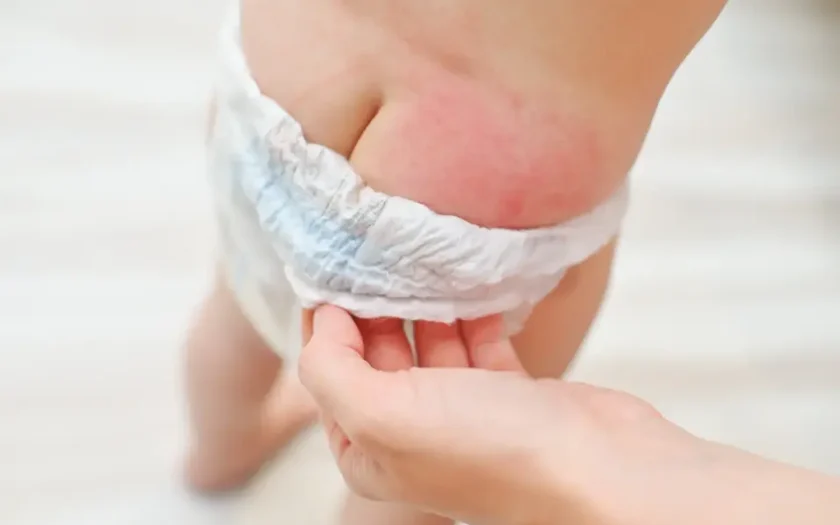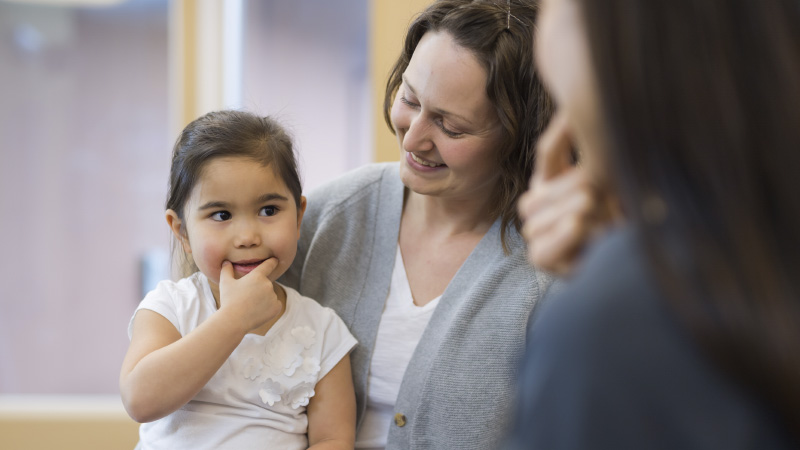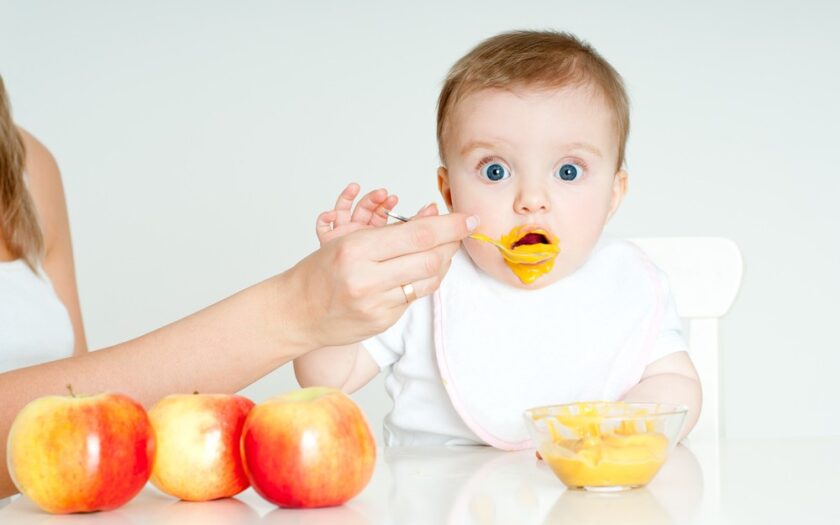What to Do About Diaper Rash
Diaper rash is a common and often uncomfortable condition that affects babies, causing redness, irritation, and discomfort in the diaper area. It is typically caused by prolonged exposure to moisture, friction, or irritants like urine, stool, and certain chemicals in diapers or wipes. To address diaper rash, it is important to keep the area clean and dry, changing diapers frequently and using gentle wipes or a soft cloth. Applying a barrier cream, such as one containing zinc oxide, can help protect the skin. If the rash persists or worsens, consulting a pediatrician is recommended to rule out infections or other underlying issues.











